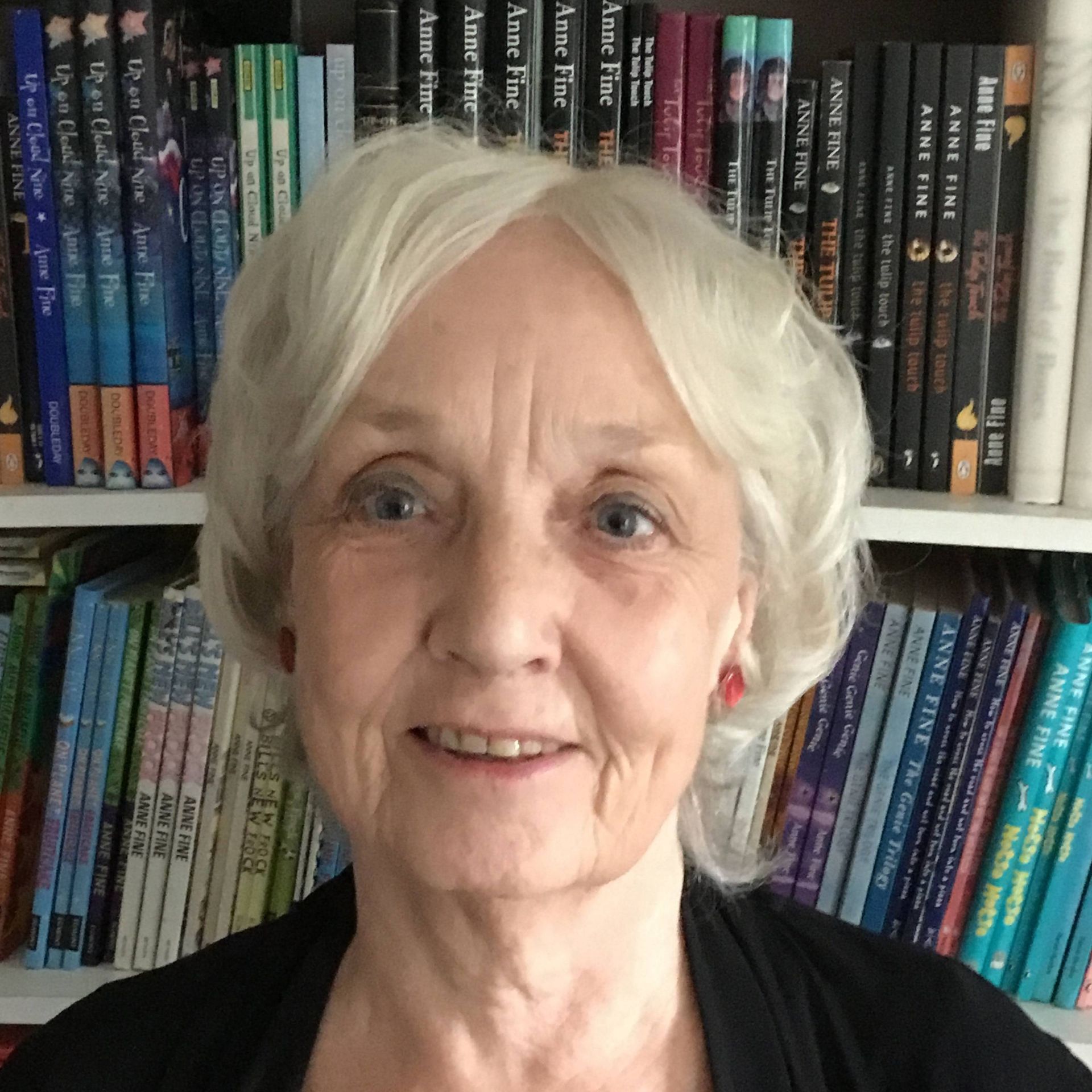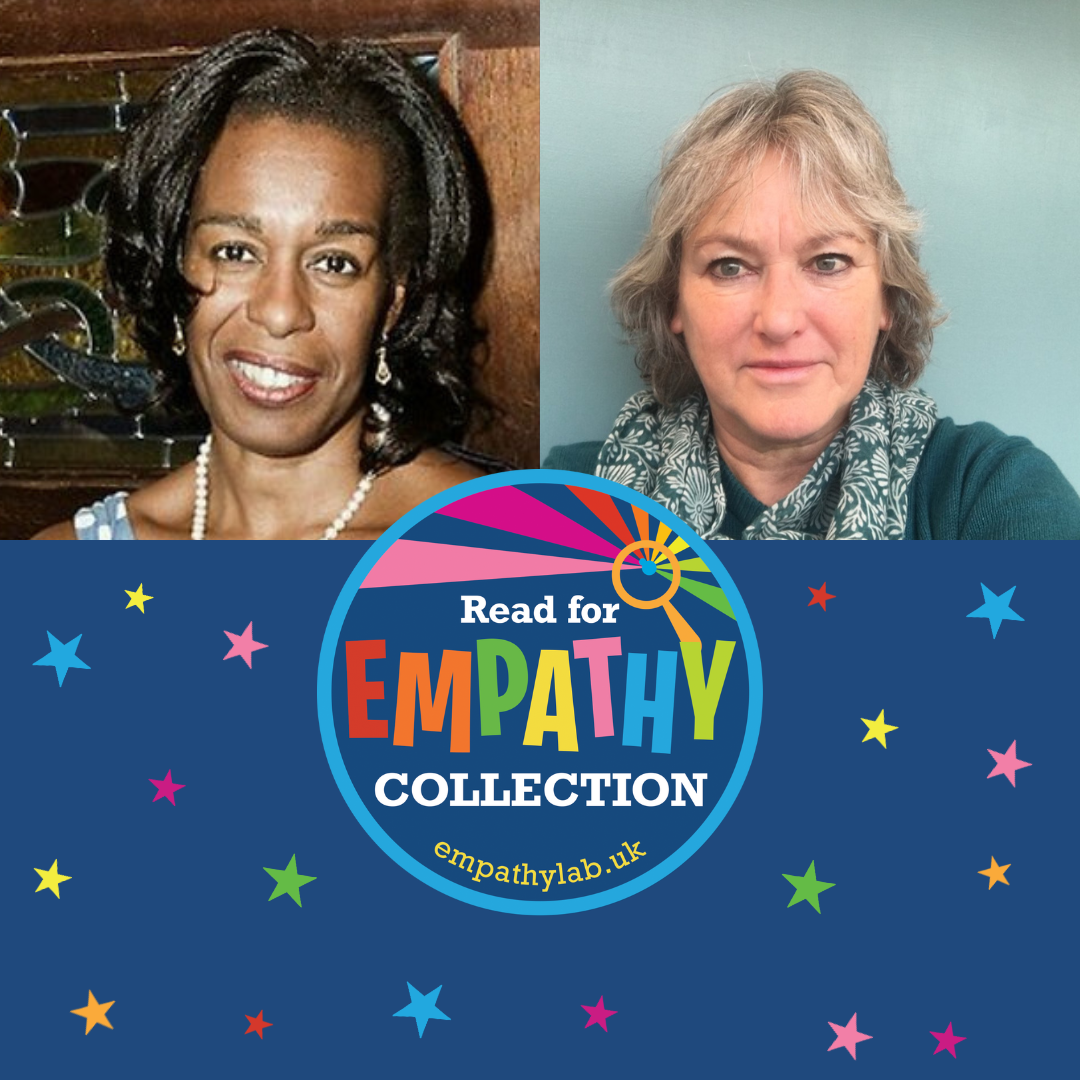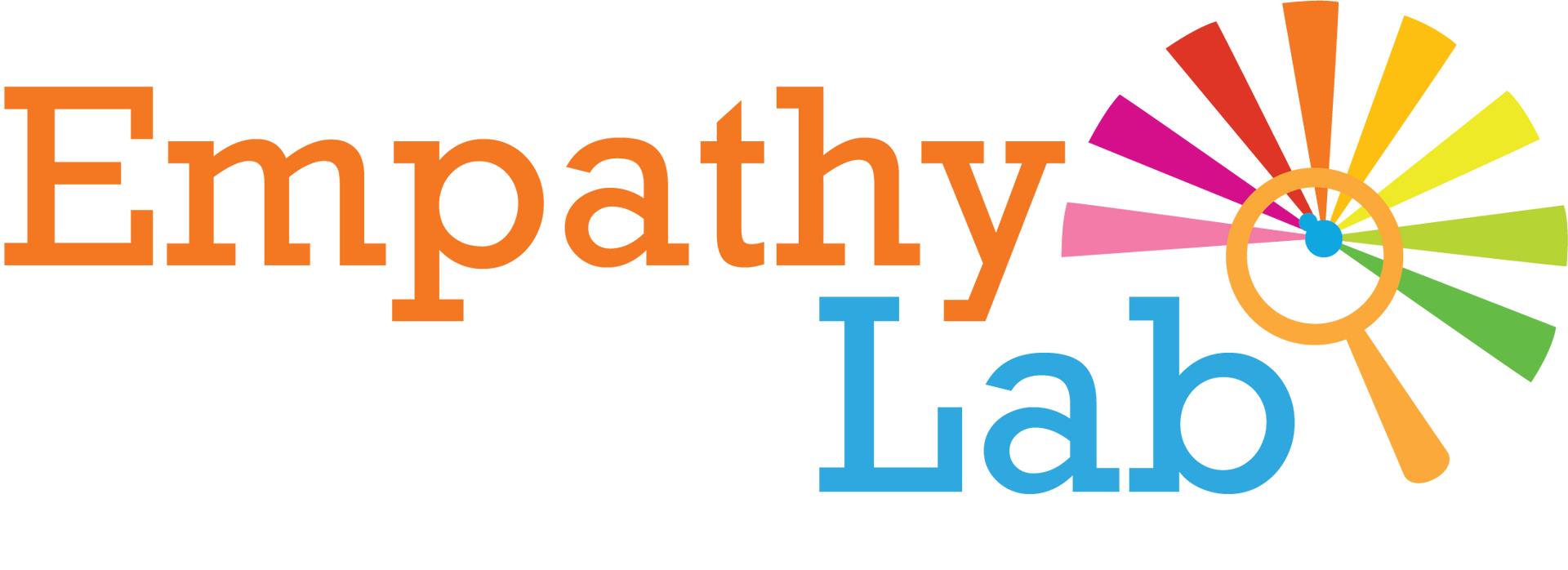THINK-IN: WHAT YOU TOLD US AND TOP TEN MESSAGES
- By EmpathyLab
- •
- 31 Jan, 2017
- •

The approach has significant potential: there was a warm welcome for the idea of using the creative power of words and stories to build empathy in children and young people. We should talk about empathy habits not skills.
Big welcome for EmpathyLab’s role in involving a range of different people/expertise: many of you commented on the surprising, and welcome, mix of people at the Think- In. You said there is new learning that comes from this mix of skills, knowledge and professions, with potential to generate dynamic ideas and solutions.
We need a strong evidence base: we need to develop robust research, and a plan to mix research and practice, working iteratively, using our research to further develop our activities. We should be clear about exactly what social change we hope to bring about by boosting empathy, and work with a clear definition of empathy.
Keep this open, consultative approach going: including working with partners but maintaining a unique offer and developing programmes that can be scalable. Sharing our research and continuing the open iterative approach.
Co-design the programme with children and young people: You recommended establishing a principle to co-design our activities and programmes with children and young people. We were encouraged to treat empathy as a positive horizon- broadening habit, not just a tool to tackle problems. You said it should be possible to support targeted vulnerable children as well as providing universal support.
Highlight and explore the relationship between empathy and literacy: we should build on the potential of empathy to improve literacy. And further investigate the neuroscience research that links empathy and literacy.
Be clear about how words and stories will be used: you said we should have a flexible approach to using a wide range of words and stories – including songs, plays and images. It’s important to recognise the power of children’s own stories and stories in the local community. We need to tackle the challenges and opportunities of digital and empathy – including reviewing and understanding research.
Our programmes will be powerful if they… are inter-generational, give children experiences of difference communities, focus on a range of age-groups including under-fives.
Include, and go beyond, schools: in the community based action research we need to establish easy-to-use frameworks for teachers. We should also work through other community organisations to equip parents and carers with the confidence to tell stories. Nurseries, libraries and children’s centres could be important partners.
Partnerships: a huge range of potential partners came forward. There was a welcome for EmpathyLab’s role in supporting and joining partners from different fields – mental health, wellbeing, literacy, neuroscience etc. You said there was a role for EmpathyLab both in direct delivery and enabling those we work with to deliver.
Some of the things you said:
Great to get the chance to speak to such a wide range of people and do some real deep thinking (so often passed by in day to day life). Carolyn Koussa, Puffin
Find a way to understand (as part of your research) how the internet influences a child’s lack of empathy, or indeed improves it. Harness this for positive action, go where the children are, not where you think they should be. Shannon Cullen, Penguin Random House
Repeat these types of event throughout your process. Claire van Ryhn, Shambala/University of Exeter
Empathy is learned by modelling – when we experience it we learn it and pass it on, therefore children need space to have their internal world acknowledged, listened to, understood through stories etc. Would be fantastic in schools, nurseries. Bernadette Cahill, Place2Be
I would love to see EmpathyLab campaign for empathy/emotional literacy to be more highly valued in education. Alice Lacey, Now Press Play
This concept has significant legs/potential. Connects to literacy/wellbeing and building communities. Teresa Cremin, Open University
Next steps:
Our next steps are to form an expert reference group to help develop our vision and theory of change which will identify our priorities, the impact we hope to make and how we will measure it. We will then start seeking funding for a local action research programme and the development of national events and resources.
We’d love to stay in touch. Please follow us on Twitter, and join our LinkedIn community of practice. From time to time we’ll be doing an update newsletter which you can subscribe to here. Please let us know if you would like to do a short blog for our website.
If you were one of the people who so kindly offered to help us, we’ll be in touch separately. We had far more offers of help than we were expecting (hooray!) so please bear with us as we work out what kind of help we need, when.
Download the EmpathyLab Top Ten Messages.
Download the EmpathyLab book recommendations – thank you to everyone who contributed their book that helped you understand someone else better.

Why has the sheer importance of empathy come to the fore in recent years? Why do we care so much about a concept that had seemed to be left to itself for so long?
Perhaps because there has been so much change and upheaval for our young people in recent years, leaving so many isolated from what we might term ‘real’ contact with others. Lockdown was for many a disaster. The proliferation of phones hasn’t helped. Financially stretched families are often starved of time that can be spent in casual, easy, contact with one another.
So gaining an understanding of others from fiction has become more and more important. Children have always learned from the books and stories they are offered. From the fairy tales, children who lived in an elemental world without luxuries or social safety nets learned the virtues that were so necessary back then to survival: courage, resourcefulness, endurance, quick wits, kindness to strangers.
Our own young people live more tightly under separate roofs, and we have seen the language of books change accordingly - to Mum, the babysitter, playgroup, park, baby sister, Dad’s girlfriend, the bully, happy, worried, sad. It’s the language of relationships and emotions now, and understanding and compassion liberate. They have become the twenty-first century equivalent of Hansel and Gretel’s pebbles gleaming in the moonlight to show the way out of the dark forest.
Frank Flanagan once said good writers “structure, explain and evaluate the experience of childhood and empower the child to come to terms with it. They enable the child to lead a full life."
How? Partly by quite unconsciously increasing self-knowledge and self-awareness. A young reader can’t help but see characters in books unconsciously as if in a mirror. "I'm not like that." "I worry about that too." "I would have been braver”, “slower to catch on”, “tempted to be more mean”. And when this sense comes of no longer being the only one in the world to have this problem, or to feel that way, the child not only comes to realise that they are not alone, but also to gather insights into how other people deal with the same worries or tackle the same problems. In short, they learn, vicariously, how other people tick.
We have so many young people who, it seems, sometimes as a result of their upbringing, often simply by nature, have somehow failed to acquire the tools to begin to think about their own situation. Through fiction they can often begin, safely, to explore the more subtle aspects of life around them - an insight into someone else's life. A child can share desk space with someone else all year and yet learn less about them than about a character in one short book that’s read to them at night. I try to show this in my novel On the Wall , where, over the school year, Finley’s quite exceptional gift for tranquillity and self-acceptance in an anxiety-inducing world causes one fellow pupil after another to look more deeply into themselves, and learn how to rebalance their own way of thinking to become, in the process, calmer, happier, or more accepting.
We all want, for our young people, peace of mind. An excellent start is to explore Lauren Child's wonderful 'Staring into Space' project: https://staringintospace.me/
Then, steep them in fiction. And where better to find the
best than at the EmpathyLab itself?
You can purchase Anne's book, On the Wall,
here

The collection consists of 65 books for 3-16 year olds, each chosen for its unique contribution in building young people’s empathy.
The primary collection for 3-11 year has 40 books; the secondary collection features 25 books for 12-16 year olds.

